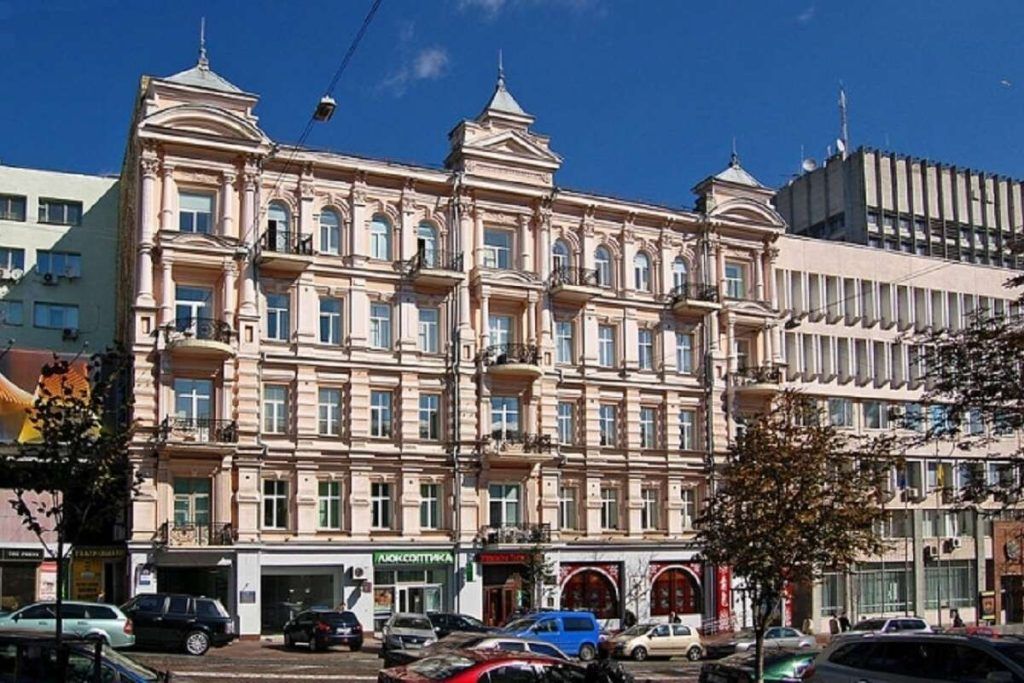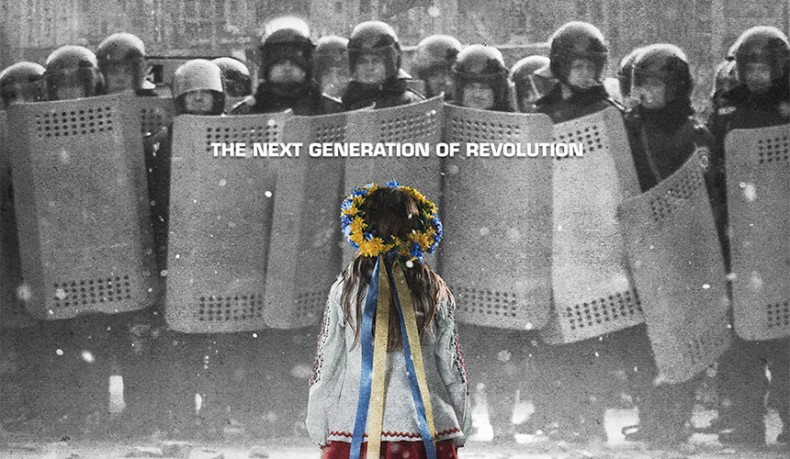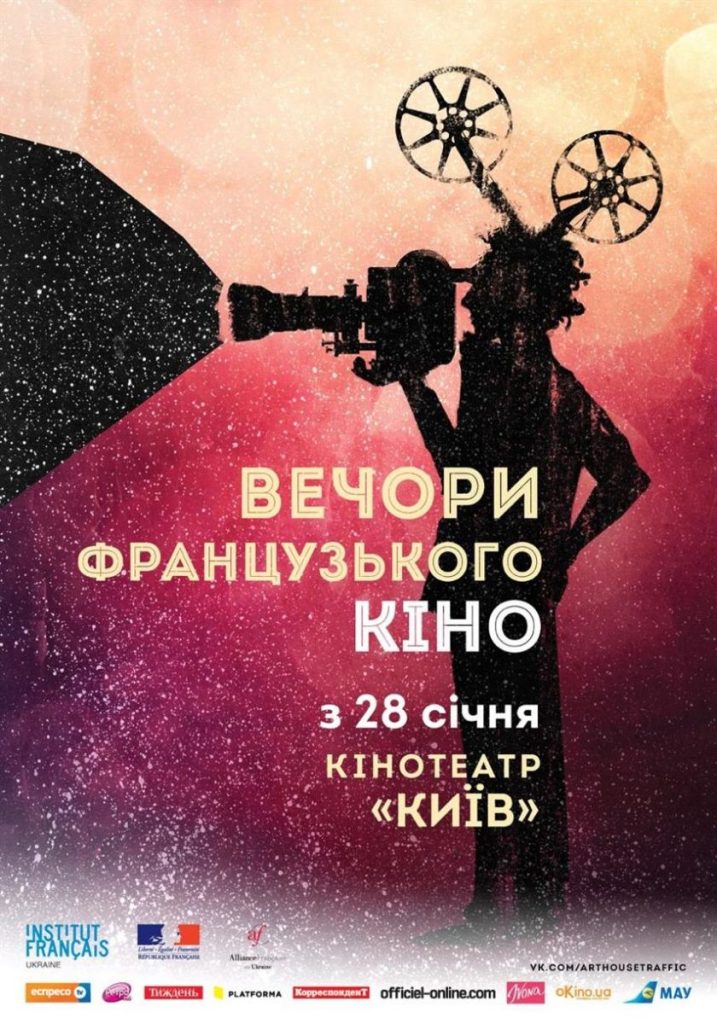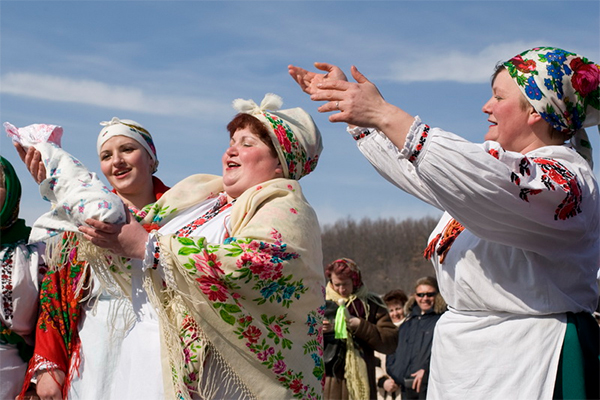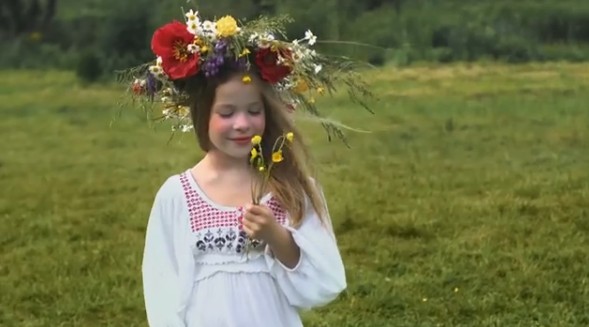In modern Kyiv, there are over two thousand streets, squares, and lanes and their number will increase as the city expands. Today, streets in Kyiv are named and renamed after political figures, war heroes, or events. Street names are part of state politics, but it hasn’t always been this way.
Kyiv Streets History
Like in all ancient cities, streets in Kyiv were based on historical and geographical principles. There were no problems with what to name a street. Shelkovichnaya (Mulberry) Street is located in the historical area of Lipki. It is known for its large number of ancient mansions that were built along it. The street emerged in the early 19th century and was named after a mulberry tree garden. Khreshchatyk, the central street of Kyiv is named for the dense forests, called Khreshchataya Dolina. The forest was on the territory of modern Khreshchatyk during the times of Kyivan Rus.
Where there was a tannery and pottery settlement, Kozhum’yatska Street and Goncharna Street appeared. Where Jews lived, Jewish gates appeared. Under the pavement of Pochayninska Street and Syretskaya Street, rivers flowed with the same names. Another source of street names was churches — the Church of the Nativity of Christ stood on Navity Square, and in Troitska Square, one could reliably find the Troitska Church.
If a street bore someone’s name, it wasn’t necessarily in honor of a prominent individual; it simply meant that the person with that name owned all or the largest property there. Begichevska Street in 18 century, for example, was named after General D. M. Begichev, who owned a vast estate in this area of Kyiv. After the Institute for Noble Maidens took the estate, the street began to be called Institute Street. The name Maiden Street was also used simultaneously.
In general, everything was logical and understandable.
Soviets in Kyiv
Almost immediately after the Soviets came to power, Kyiv transformed into a giant memorial cemetery. According to Lenin’s plan, street and square names were intended to become part of a global plan for revolutionary propaganda. Streets like the Victims of the Revolution Street, 25th October Street, Worker’s Street, and so on appeared on the city map. Prominent figures of the Communist Party were also not forgotten — in 1919, Khreshchatyk was renamed as Vorovsky Street, and the same Begichevska Street we wrote earlier was named October Revolution Street.
As time went on, the toponymic landscape of Kyiv changed more and more, with names of heroes of the Civil War, deceased Bolsheviks, and figures of culture and art being added.
Once again, the authorities had to deal with toponymy in the 50s and ’60s when the borders of Kyiv were officially expanded with new residential areas on the left bank of the Dnieper, and several settlements were annexed to the capital, where street names often repeated.
New History
After the turmoil caused by Russia’s annexation of Crimea and the conflict in Donbas, the streets of Kyiv began to be renamed en masse to historical names, and new ones were given. In Ukraine, as a result of decommunization and derussification, only in 2015 11000 street names, lanes, and alleys are being changed.
From the map of Ukraine, the most disappeared street names are Lenin, October, Komsomolskaya, Sovetskaya, Shchorsa, and Frunze.
The process of renaming and eliminating streets with Russian names accelerated with Russia’s invasion in 2022. For example, in Kyiv, streets such as Heroes of Zmeyiny, Heroes of the Azov Regiment, and Square of the UPA Heroes appeared.
The mayor of Kharkiv specifically stated about renaming, “Until yesterday, I didn’t rush to decide on changing the name of Pushkinska Street. Like many Kharkiv residents, I always felt that Pushkin is not about modern Russia, not about the reality that the Putin regime is trying to impose, using the greatness of historical figures for its own benefit. But after the enemy inflicted terrible blows on our city, taking innocent lives and turning homes into ruins, we see the real price of such decisions. It’s pain that Kharkiv has felt acute throughout the history of this war. And so I believe that we cannot leave everything as it is.”
Currently, Kyiv has 2721 streets, boulevards, alleys, highways, squares, driveways, avenues, clearings, lanes, and dead ends — from Augustin Voloshin to Clear Lane (Yasnaya).
Following the start of the Russian military operation, Ukrainian authorities regularly consider initiatives to rename streets, settlements, and other objects whose names are associated with Russia.
For example, in early February 2023, Bulhakova Street in Kyiv was renamed after Georgian actor Vakhtang Kikabidze, and the Blok Library was renamed in honor of Ukrainian and Soviet theater director Hnat Yura.
Ukrainians are not against renaming streets and educational institutions associated with Russians and the Russian Federation. This is evidenced by the data from a sociological survey conducted by the Active Group company.
Respondents answered the question “Do you support the renaming of educational institutions and streets” as follows: positively in all cases — 32%;
positively in most cases — 31%;
support only some renamings — 22.8%;
against all renamings — 8%;
difficult to answer — 6.3%.
As Kyiv continues to navigate its historical legacy and geopolitical challenges, initiatives to rename streets and educational institutions associated with Russia find broad support among Ukrainians.

